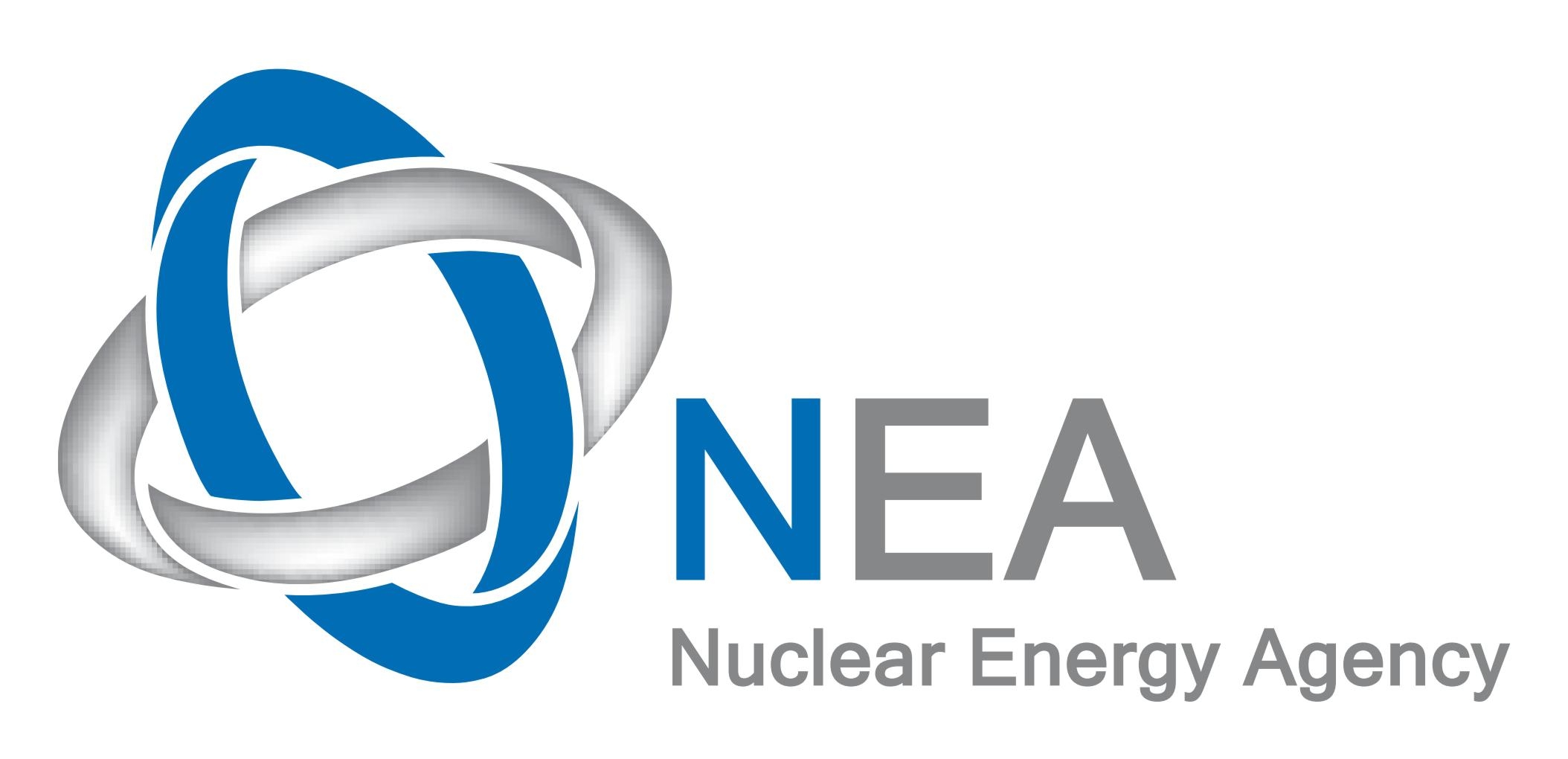The World Nuclear Association held its 41st Annual Symposium in London last week. Jerry Head, senior vice president of regulatory affairs at GE Hitachi Nuclear Energy, told the attendees that standardization in the nuclear industry would be very beneficial. He mentioned seven specific areas in which standardization would help the industry from the design stage of nuclear power reactors all the way to decommissioning.
The first thing he mentioned dealt with the different design requirements in different countries each with their own laws and regulations. If international standards could be agreed upon and implemented, then reactor designs could be moved from one country to another without having to satisfy different regulations and processes.
Second, he said that different countries may have different strengths with respect to evaluation of nuclear power reactor designs. This would mean that if a particular design had already been approved in its country of origin and other countries, then a country considering the design could be confident that it had already been well reviewed.
Third, the current complexity of the supply chain that has to do a lot of customization for different reactors in different countries could be replaced by a simpler and more cost effective supply chain that could take advantage of standardized component designs. The fewer the design changes between projects in different countries, the more confidence that project managers could have that the components will adhere to specifications.
Fourth, standardization can benefit the product life-cycle of nuclear power plants. Most plants are licensed for sixty years. As time goes by, designs are improved. If many different reactors operating at a given time are all built according to a standardized design, then improvements to that standardized design can be made to all of the reactors of that design.
Fifth, if operators and regulators of nuclear power plants in different countries are all working on reactors with the same design, then they will be able to share information on best practices and improvements. This synergy will lower costs and improve operations and safety among different countries.
Sixth, owners groups can cooperate and collaborate on planning for dealing with emergencies and accidents better if their reactors share the same design. This will allow them to develop equipment and procedures to better deal with problems associated with a particular shared reactor design.
Seventh, when the time comes to decommission a particular reactor, procedures developed and lessons learned from decommissioning other reactors with the same standard design will be very useful.
Eight years ago the Organization for Economic Co-operation and Development Nuclear Energy Agency established the Multinational Design Evaluation Program (MDEP). According to the NEA, MDEP works on the development of "innovative approaches to leverage the resources and knowledge of national regulatory authorities that are currently or will be tasked with the review of new nuclear power reactor designs". The nuclear regulatory authorities of 15 countries participate in MDEP.
The International Atomic Energy Agency maintains the ARIS Database of commercial reactor designs. There are forty two designs currently in the database. Some of these have passed reviews for construction in particular countries while others are still in the evaluation stage. Five reactor designs have passed or are undergoing the Multinational Design Evaluation Program. These include: the Hitachi's Advanced Boiling Water Reactor, the Westinghouse's AP1000, the EDF/Areva's European Pressurized Reactor, the Korean-designed Advanced Pressurized Reactor-1400; and Rosatom's VVER design.
